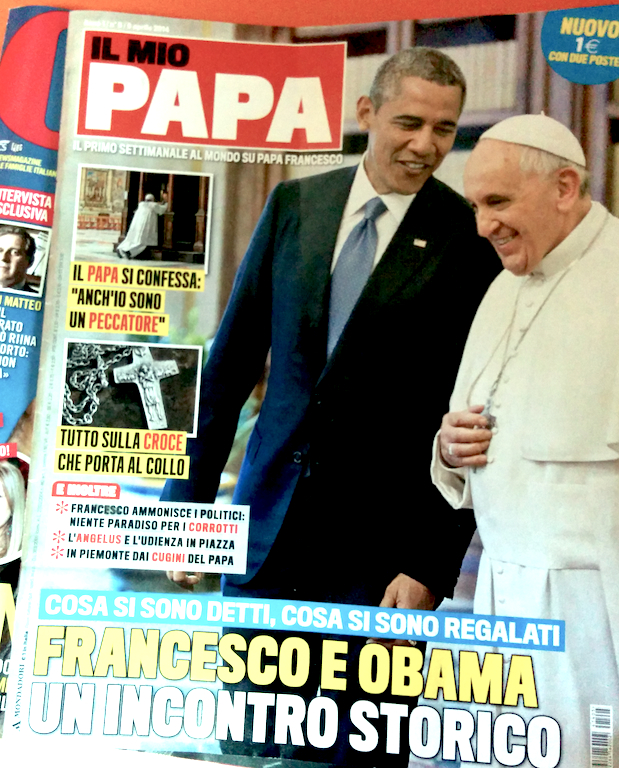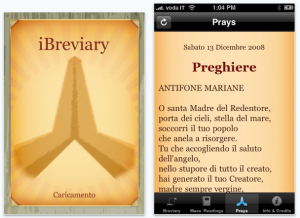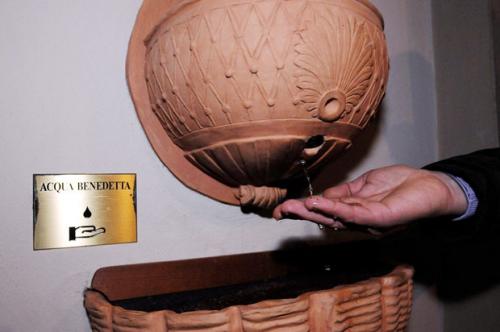A group of Italian cloistered nuns, who already run a website, want to hook the convent up with a webcam.
It’s a great story. Reaching out to the world with new technology in a place that, historically, used to be a kind of prison for the troubled, troublesome or often unwanted daughters of wealthy families.
But one thing I’ve learned with years of reading the Italian press is that they rarely let hard facts get in the way of a good tale. The combination of webcam girls – those teenagers who adopt sexually provocative poses for friends – and strangers, often for money or gifts – with the group also known as “brides of Christ” seemed, uh, interesting.
The whopper about the Canadian officials arriving in Italy to spread around the fortune of a bootlegging emigrant is a classic example of how what makes it into Italian papers won’t hold up after only a few phone calls.
A lot of journalism basics — getting your who, what, when, where and whys straight — seem to be optionals.
Anyway, after reading and re-reading the story titled “Webcam Enters Cloisters,” I thought I’d better investigate before pitching. The article didn’t exactly say the webcam was installed. And it side-stepped when exactly this might happen.
I was in New York — keeping busy with the World Cup and ranting about flip-flops — so I sent an email to the convent asking about the webcam.
Then promptly forgot about it, until “cybernun” Sister Antonella, who also runs the web site of the Dominican order, answered my email:
“We’ve got plans for a web cam on the drawing board..but I don’t know yet when it will happen.
The idea would be to install a webcam in the church so it would broadcast some moments of prayer.
I can’t tell you much more at the moment, these kind of projects have to be duly thought through and properly considered.” (my quick translation).
Ah. So maybe. It’s worth keeping tabs on, even though the story doesn’t stand a chance in hell.
She ended her email by telling me she’ll put me in her prayers, which beats the heck out of those legal disclaimers you get most of the time.








